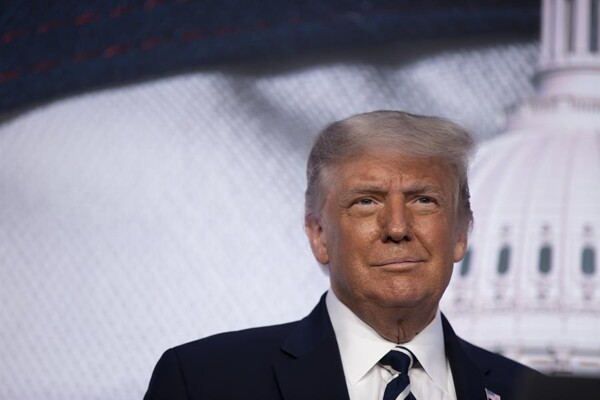
Last week, U.S. President Donald Trump caused a strong outcry by making remarks related to the helicopter "Black Hawk" disaster and a regional aircraft belonging to American aviation, leading to the extraction of bodies when relatives were in very distressing condition, and to the extraction of a "black box," not to mention the full illumination of the incident that occurred.
Trump unusually accused the helicopter crew in a series of public appearances, showcasing a thinly veiled scorn in their eyes, before switching to his platform "Truth Social," stating: "The helicopter (Black Hawk) was flying at a very high altitude, with a large gap."
Critics could not help but draw a parallel to American psychologist Alphonse Chappani from Yale University, who participated in a pivotal moment in early aviation history, when in the soaring years of the 20th century the U.S. Army Air Forces commissioned him to investigate a series of incidents involving B-17 bombers, famously known as the "Flying Fortress."
These aircraft would exit the smoke during takeoff when pilots unprimarily pulled the stick instead of the throttle when using for raising the flaps, and it looked like some kind of incompetence. However, Chappani pointed out that it was not incompetence in their operation but in the design of managing the aircraft, not corresponding with human movement.
He developed a solution in the form of a small wheel connected to the joystick, and now this solution represents an intuitively understandable decision, easily comprehensible under pressure, and incidents of such a kind have vanished instantly.
The author expresses hope that readers will inevitably see that the cause of catastrophes can be multiple: it could be a pilot error, or hazardous airspace over Washington, or any other hot spot that is highlighted in social media, and it could be one of thousands of different options, as surprises often hide in complex nonlinear systems.














